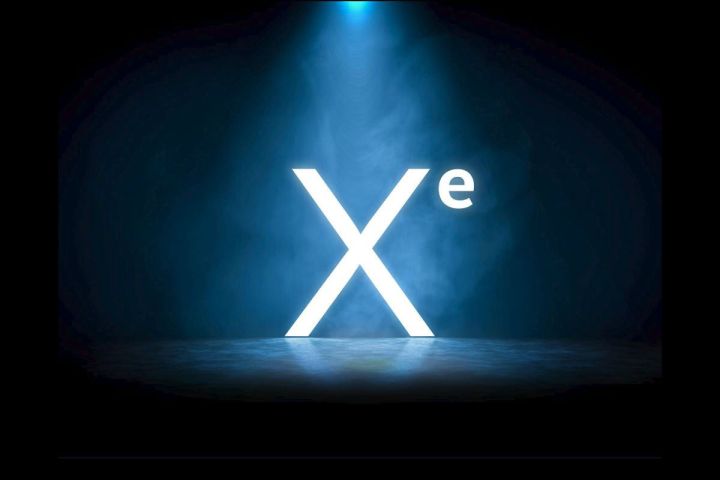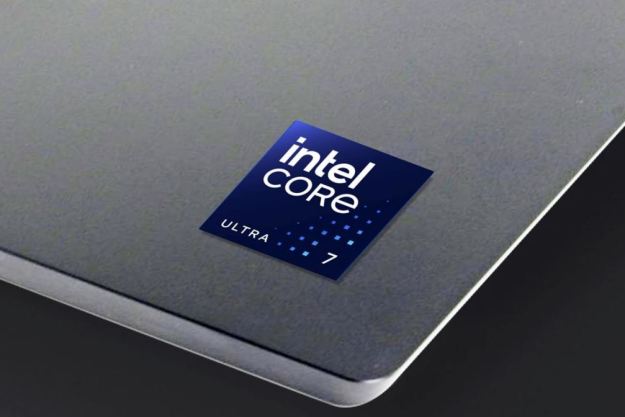It has been six months since Intel launched a range of 11th-generation Tiger Lake mobile CPUs, which build on the 10nm fabrication process that was used in 10th-gen Ice Lake — with moderate success. Intel has made a crucial change with Tiger Lake by improving the speed of the CPU cores and has also introduced the long-awaited Xe graphics engine. In addition, Tiger Lake has some baked-in features such as new-generation wireless connectivity and much-improved artificial intelligence (A.I.) performance.
More interested in a desktop alternative? These are the best Intel processors you can buy right now.
Pricing and availability

The extra performance in Tiger Lake is so important that Intel took the unusual step of providing a small number of Tiger Lake laptops to reviewers in mid-September, before the launch. At that time, we were allowed to post benchmark results to show the performance of the new CPU and GPU combo, but we were not allowed to discuss battery life, as those sample laptops were not fully configured for retail sale.
The rollout of 10th-gen Ice Lake CPUs was slow and steady, and the same has been true for 11th-gen Tiger Lake. At present, you can find very similar Ice Lake and Tiger Lake laptops on sale side by side. We have seen a steady release of new models throughout the opening months of 2021, but you still need to take a certain amount of care to ensure you are buying the latest technology rather than last year’s model. There are even various eighth-gen laptops still on sale, so you need to pay close attention to the specification.
Intel Tiger Lake offers significant performance enhancements over Ice Lake, both in terms of CPU and GPU, though pricing has held steady, with costs largely the same for individual CPUs in both generations.
Performance

Tiger Lake is based on an enhanced 10nm process node named 10nm SuperFIN. While there are some improvements over Ice Lake at an architectural level, the key to Tiger Lake lies in its Willow Cove cores, which use SuperFIN transistors to power clock speeds that were out of reach for the Sunny Cove cores found in Ice Lake CPUs.

The new SuperFIN transistors allow Willow Cove — and hence, Tiger Lake — to run at the sort of clock speeds we have been accustomed to seeing in
This bump in clock speed has some fascinating consequences. When Digital Trends covered rumors about Tiger Lake before its launch, we reported that an early engineering sample of the Tiger Lake Core i7-1185G7 was clocked at 3GHz (via TUM APISAK). The CPU scored 1,414 points on UL’s 3DMark Time Spy benchmark, and the breakdown showed that the quad-core chipset earned 1,296 points on the graphics test and 2,922 points on the processor test.
That was an exciting early indicator of its capabilities, but it turned out that Tiger Lake could go a lot further, too.

As this screengrab shows, those preview numbers understate the performance you are likely to see from Intel Tiger Lake. The explanation is that Tiger Lake can run at 3.6GHz on all cores under sustained load, provided you feed it enough power. This adds a significant variable to any performance figures you see for Tiger Lake, as you need to understand the power settings before the test results make much sense.
In post-release testing, Tiger Lake CPUs demonstrated solid single-core test results in Cinebench R20. In it, Intel Ice Lake and AMD Ryzen 7 4800U CPUs are crushed by the new Intel Tiger Lake, while in the multi-core test, AMD recovers to take the win. You will note that AMD has eight cores against Intel’s four cores, so it is no surprise that AMD wins. However, Intel Tiger Lake is using slightly more power than AMD to close the gap.
In the preview laptop, the Intel Tiger was set at 28W in Balanced Mode and 41.5W in High Performance Mode, which is bold when you consider the Core i7-1185G7 has a specified TDP-up of 28W and TDP-down of 12W. In other words, you might buy a new thin and light Tiger Lake laptop with the TDP configured at a fraction of the power used in the benchmarks shown above, and the consequence would be raw performance that’s very similar to Intel Ice Lake.
On the other hand, if you are running workloads that use new features in Tiger Lake, such as the newly-supported AVX-512 instruction set, you can expect that specific tasks will see a speed bump. This instruction set was previously only available in Intel’s Xeon and Skylake-X processors, so we are in new territory when it comes to thin and light laptops. The demos we have seen that use the A.I. features in Tiger Lake showed faster photo enhancement, with upscaled resolution and detail thanks to the power of machine learning. This clearly relies on software support and is a situation that will develop throughout 2021.
Graphics

Tiger Lake brings significant improvements in CPU performance over its predecessors, however the more impactful generational leap comes in the form of its 12th-generation Xe graphics. Tiger Lake is the first generation of Intel CPUs to take advantage of Intel’s new Xe graphics architecture, the grander version of which will power Intel’s upcoming dedicated graphics cards.
Intel is delivering huge performance improvements with Xe, but this is dependent on the model of processor in your new laptop and the configuration that has been set by the laptop manufacturer. The best-case scenario is an 11th-gen Core i7 with G7 graphics that sport 96 Execution Units as that gives a 50% bump over the best graphics in Intel’s Ice Lake line-up. The integrated graphics rely on system memory so Intel has pushed the limits with memory support for Tiger Lake. The fastest Tiger Lake laptops use LPDDR4x-4266 memory, which helps the CPU and also gives a significant boost to the graphics.
Intel Iris Xe graphics deliver sufficient performance for 1080p gaming at 60 fps in e-sports titles and older AAA games however discrete Nvidia graphics such as GeForce MX350 put up a reasonable fight and we have every expectation the new Nvidia GeForce MX450 will be a good match for Tiger Lake.
Intel graphics have generally been considered rather weak and of little use for gamers. The new Xe graphics are certainly a step forward for gamers, however Intel is painting a bigger picture with its CES claims of the “most disruptive and advanced architecture yet.” In September we saw a number of stories about new features such as Display State Buffer that reportedly reduce loading times and CPU usage, thereby freeing up the CPU for other activities and greater overall performance. We shall be interested to see how this feature plays when it lands in Windows 10 but right now Xe delivers up to 50% more Execution Units running at higher clock speeds and with much faster memory, and that is a winning formula.
Wi-Fi, A.I., and more
Two significant improvements that Intel has been enthusiastic about discussing with Tiger Lake are how it will transform wireless networking and A.I. advancement. Unfortunately, we’ll have to wait it out and see how A.I. delivers a profit, which will surely take an extended amount of time. Although we might see quicker performance in specific workloads, it appears impossible to disable the A.I. features completely, so we probably won’t be able to predict the precise advantages of A.I. in Tiger Lake.
When it comes to Wi-Fi, the sixth-generation (802.11.ax), is initially supported by Tiger Lake, allowing users access to high-speed data transfers, improved overall function on bustling networks, advanced latency, and a decrease in power draw. That equates to more reliable connection rates and more extended battery life for Tiger Lake devices, as we have already witnessed with Ice Lake. What is different is the “latest generations of display technology,” so you can expect to see both HDMI 2.1 and Thunderbolt 4 on premium Tiger Lake laptop models.
Spectre
Intel’s Ice Lake CPUs involved the greatest collection of hardware fixes for mainstream processors yet seen from Intel. We completely anticipated that Tiger Lake would enhance with additional security features. It’s quite apparent that Intel has made adjustments; however, the details have not been publicly announced. The takeaway seems to be that Tiger Lake is more resilient than earlier CPUs and that disabling these modifications actually harms performance. In simpler terms, you don’t have to decide between safety or performance but instead, run Tiger Lake on default as it is given.
Editors' Recommendations
- Some Intel CPUs lost 9% of their performance almost overnight
- AMD Zen 5: Everything we know about AMD’s next-gen CPUs
- Everything we know about Lunar Lake, Intel’s big next-generation chips
- What is SATA? Here’s everything you need to know about it
- Intel’s CPUs just got way more confusing




